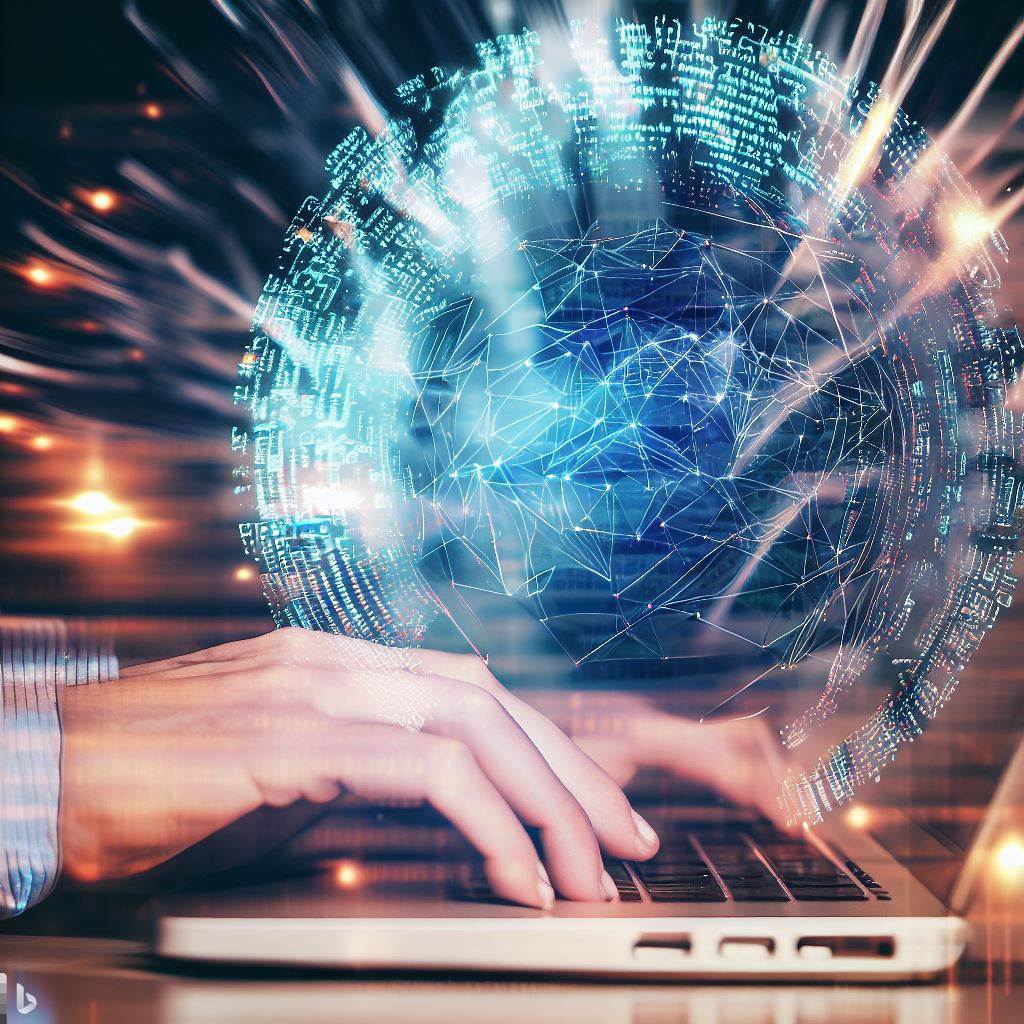The idea of a 3D digital twin has arisen as a ground-breaking solution with broad ramifications in a society driven by technology and creativity. Imagine having a virtual counterpart that accurately captures data and replicates changes in the real environment in real time. A 3D digital twin is a technical marvel that is revolutionizing a wide range of industries, including manufacturing, healthcare, and energy.
Understanding 3D Digital Twins
A virtual depiction of a physical system or item that is continually updated with real-world data is known as a 3D digital twin. These inputs range widely, covering live video feeds, operational data, and sensor readings. The end result is a dynamic and accurate representation that gives decision-makers unprecedented access to their assets for interaction, analysis, and optimization.
Benefits that Go Beyond
The benefits of integrating 3D digital twins into different businesses are significant and varied, eventually fostering advancement and innovation on several fronts.
1. More Effective Decision-Making
The ability of 3D digital twins to simulate many scenarios and outcomes is one of its most remarkable advantages. Users obtain a greater grasp of how their assets or systems behave in various scenarios by simulating various scenarios. This knowledge improves judgment, enabling more intelligent decisions on how to use and manage assets effectively.
2. Lower Costs
Prevention is frequently more economical than problem-solving after the fact. With the help of 3D digital twins, companies can spot potential problems before they become major ones, which saves them a lot of money over the long term. Businesses may manage resources more efficiently and avoid costly downtime or repairs by anticipating and preventing issues.
3. Enhanced Effectiveness
Efficiency is mostly driven through optimization, and 3D digital twins provide a means of doing so. Organizations may optimize their processes and workflows to reduce waste, reorganize processes, and increase productivity. This increase in productivity might result in better overall performance and competitiveness.
4. Increased Security
Safety comes first in high-risk businesses. Workers may train in a controlled environment using 3D digital twins where they can become familiar with tools, processes, and possible risks. Employees can gain crucial skills while lowering the risk of accidents by practicing in a safe virtual environment.
Applications Across a Range of Industries
The integration of 3D digital twins across sectors, each with unique applications that rethink how processes are conceptualized and carried out, demonstrates the flexibility of this technology.
Design and testing transformation in manufacturing
3D digital twins are being used in manufacturing to develop, test, and create items with unmatched efficiency. To model the performance of jet engines before actual production starts, GE, for instance, uses 3D digital twins. The early identification and resolution of potential problems are made possible by this preventative strategy, which eventually leads to higher-quality goods and lower manufacturing costs.
Healthcare: Enhancing Precision and Care
3D digital twins are revolutionizing patient care and surgery planning in the healthcare industry. Using 3D digital twins, complex procedures are methodically planned at places like the Mayo Clinic, improving surgical success and lowering patient risks. These twins also help medical experts replicate the consequences of various therapies, promoting a more individualised and successful method of providing healthcare.
Energy: Providing Intelligent Management
3D digital twins are essential in the energy sector for monitoring and enhancing energy systems. This is demonstrated by the National Grid’s usage of 3D digital twins to manage the UK power grid. Monitoring electricity flow allows for the early detection and resolution of possible problems, reducing the likelihood of blackouts and assuring a steady supply of energy.
A Wide Range of Digital Twin Tools
There are four different sorts of digital twins, each of which is tailored to certain requirements and goals across diverse sectors.
Digital twins that are focused on certain portions or components of a larger system are called component or part twins. They make it possible to accurately track and evaluate the performance of individual parts.
Twins of an asset or product can help with resource management and optimization since they represent the full asset or product.
System or Unit Twins: These twins simulate complex systems, including manufacturing or power plants, allowing the simulation of behavior and performance.
Process Twins: Process Twins focus on streamlining particular workflows to improve the effectiveness of product production and service delivery.
Looking Forward: An Innovative Future
The potential for 3D digital twins to change industries is what is driving their widespread use. We should expect even more ground-breaking uses for digital twins as technology develops, driving companies toward increased productivity, sustainability, and safety.
The development of 3D digital twins is a shining example of human creativity and the ever-evolving capabilities of technology in the quest for a more interconnected and intelligent society. Industries may overcome obstacles, capture opportunities, and navigate the future with unheard-of knowledge and foresight by utilizing these virtual duplicates.
Quotients is a platform for industry, innovators, and investors to build a competitive edge in this age of disruption. We work with our partners to meet this challenge of the metamorphic shift that is taking place in the world of technology and businesses by focusing on key organizational quotients. Write to us open-innovator@quotients.com for knowing more about innovative solutions.






